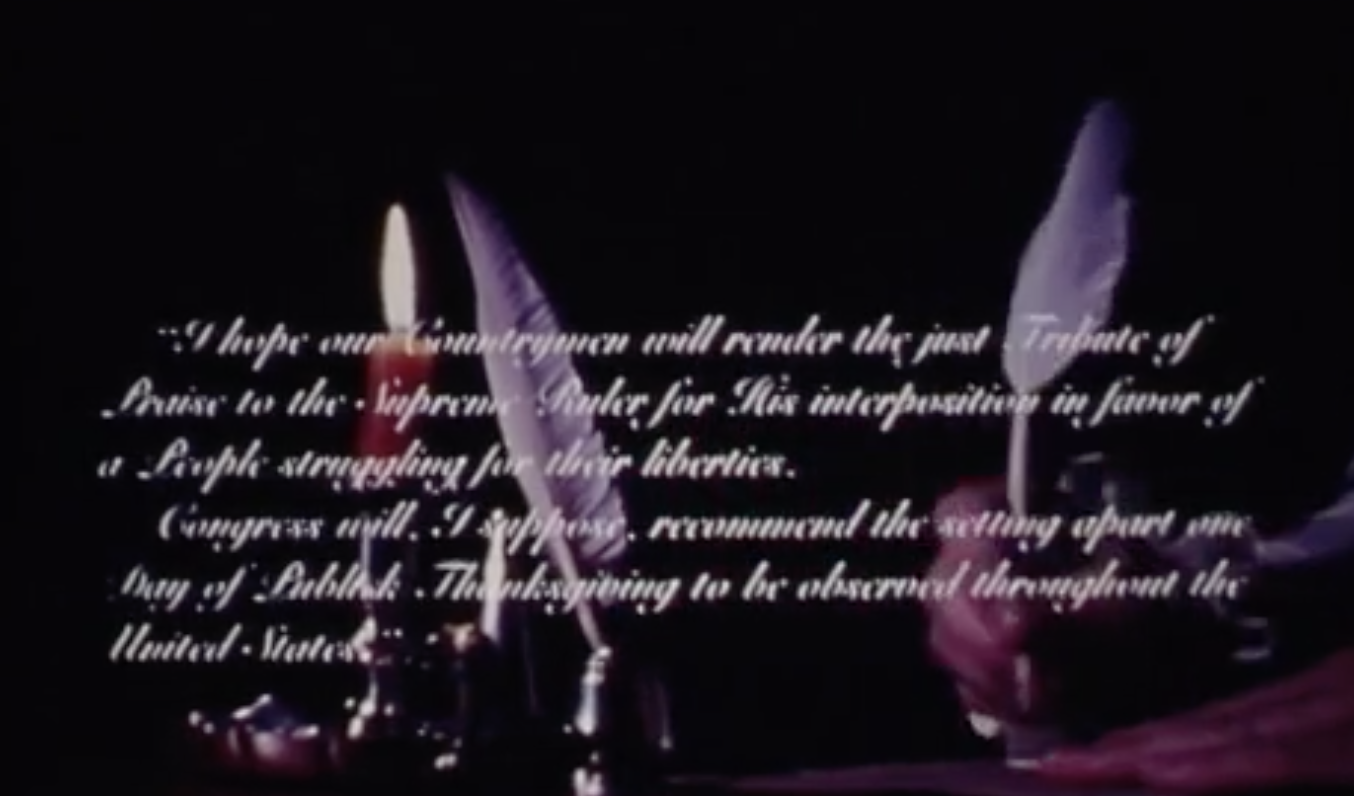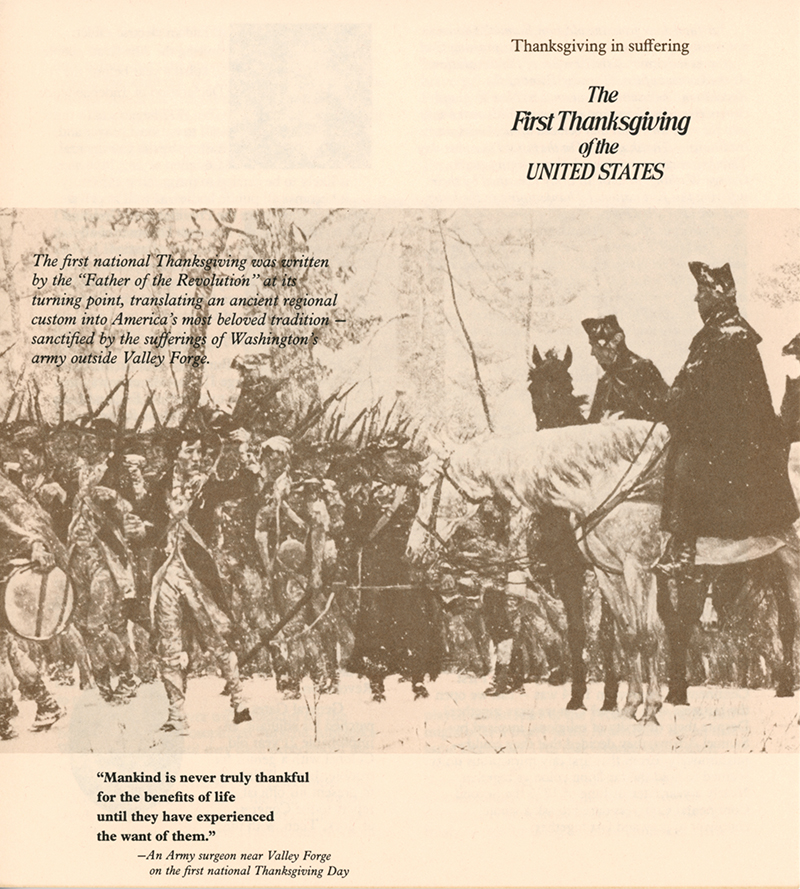Traditions of Thanksgiving
Thanksgiving and gratitude have marked important milestones in American life for hundreds of years, but thanksgiving isn’t only an American tradition. The roots of thanksgiving and gratitude stem from the human universal need to express gratitude through prayer, gift-giving and celebrations practiced throughout the world.
Thanksgiving in North America
The Thanksgiving holiday celebrated each November in the United States is known worldwide as an American custom, but its roots extend far back into human history. According to research conducted by The Center for World Thanksgiving at Thanks-Giving Square, the first Americans observed rituals and ceremonies to express gratitude to a higher power for life itself. A Seneca Indian ritual, for example, states, “Our Creator … Shall continue to dwell above the sky, and this is where those on the earth will end their thanksgiving.” Another quotation attributed to American Indians before Columbus is, “The plant has its nourishment from the earth and its limbs go up this way, in praise of its Maker … like the limbs of a tree.”
The Pilgrims’ First Harvest Feast
According to historical sources, the Pilgrims never held an autumnal Thanksgiving feast. The Pilgrims did have a feast in 1621 near Plymouth, Massachusetts, after their first harvest. This is the feast people often refer to as “The First Thanksgiving.” This feast was never repeated, so it can’t be called the start of a tradition, nor did the colonists or Pilgrims call it a Thanksgiving Feast. In fact, to these devoutly religious people, a day of thanksgiving was a day of prayer and fasting.
Nevertheless, the 1621 feast has become a model for the Thanksgiving celebration in the United States. More than likely, this first harvest feast was eaten outside, based on the fact that the colonists didn’t have a building large enough to accommodate all the people who came. Native Americans definitely were among the invited guests, and it’s possible, even probable, that turkey (roasted but not stuffed) and pumpkin in some form found their way to the table. The feast is described in a firsthand account presumably written by a leader of the colony, Edward Winslow, as it appears in Mourt’s Relation:
“Our harvest being gotten in, our governor sent four men on fowling, that so we might after a special manner rejoice together after we had gathered the fruit of our labors. They four in one day killed as much fowl as, with a little help beside, served the company almost a week. At which time, amongst other recreations, we exercised our arms, many of the Indians coming amongst us, and among the rest their greatest King Massasoit, with some ninety men, whom for three days we entertained and feasted, and they went out and killed five deer, which they brought to the plantation and bestowed on our governor, and upon the captain and others. And although it be not always so plentiful as it was this time with us, yet by the goodness of God, we are so far from want that we often wish you partakers of our plenty.”
From this we know that the feast went on for three days, included 90 “Indians,” as Native Americans were called then, and had plentiful food. In addition to the venison provided by the Native Americans, there was enough wild fowl to supply the village for a week. The fowl included ducks, geese, turkeys and even swans.
A New World With Many Cultural Influences
In addition to thanksgiving traditions brought to North America by settlers from many parts of the world, some authorities link the American thanksgiving with the ancient Jewish observance of Sukkot in the fall, which expresses thanks to God for the bounty of the earth. Indeed, all the major world religions—including Hinduism, Buddhism, Judaism, Christianity and Islam—have rituals, observances and liturgies that express thanks and gratitude to a higher power for the gift of life and its wonders. Regardless of the origin of the American Thanksgiving holiday, the following brief timeline shows its development.
Timeline of the American Holiday
| 1541 | During Coronado’s expedition a Eucharistic thanksgiving, with the friendly Teya Indians present, occurred in Palo Duro Canyon in West Texas. |
| 1621 | Pilgrims and Native Americans enjoyed a harvest feast in Plymouth, Massachusetts. This feast may have become the model for today’s American celebration. |
| 1630 | Settlers and colonists from many continents brought customs of days of prayer and thanksgiving, especially in New England, where the first Thanksgiving of the Massachusetts Bay Colony was observed on July 8, 1630. |
| 1777 | The first Thanksgiving of the new United States of America occurred in 1777 when General George Washington and his army, as instructed by the Continental Congress, stopped in bitter weather in the open fields on their way to Valley Forge to mark the occasion. |
| 1789 | Washington’s first proclamation after his inauguration as the nation’s first president in 1789 declared November 26, 1789, as a national day of “thanksgiving and prayer.” |
| 1800s | The annual presidential thanksgiving proclamations ceased for 45 years in the early 1800s. |
| 1863 | President Abraham Lincoln resumed the tradition in 1863. |
| November 26, 1941 |
President Roosevelt signed the bill establishing the fourth Thursday in November as Thanksgiving Day. Because two years out of every seven have five Thursdays in November, some states for the next 15 years celebrated on their own on the last Thursday. Since 1956, the fourth Thursday in November has been observed by every state. |
Thanksgiving Celebrations Around the World
Did you know that eight nations of the world have official Thanksgiving Days? The nations are Argentina, Brazil, Canada, Japan, Korea, Liberia, Switzerland and the United States.
Worldwide, the values and traditions of thanksgiving are found in every culture and religion. The Thanksgiving holiday celebrated each November in the United States is a cherished American tradition, but its roots go far back into human history, according to research conducted by The Center for World Thanksgiving at Thanks-Giving Square.
- Throughout history, countries in Asia—including Japan, India, Indonesia, Thailand and Sri Lanka—have hosted festivals in gratitude for each year’s rice harvest.
- In Africa, many tribal expressions of gratitude are similar to this ancient prayer: “The year has come around again, great Lord of our land—never can we thank you for your good deeds and all your blessings.”
- In South America, many of the native Indian cultures contain expressions of gratitude and thanksgiving, and in modern Brazil a special public day of thanksgiving and prayer has been designated for the fourth Thursday of November every year since 1949.
- In the British Isles and Europe, the harvest thanksgiving is observed in Protestant and Catholic churches with special altar decorations. When Belfast, Northern Ireland resident Myrtle Smyth attended the 1999 Thanksgiving World Assembly in Dallas, Texas — where leaders met to talk about capitalizing on the good things in life — she was inspired to establish a Thanksgiving Square in her native city. When plans were announced, then Secretary of State Dr. Mo Mowlam said, “Northern Ireland has known much pain and suffering. Now we are at the beginning of a new era of peace and prosperity. The creation of this place of thanksgiving is symbolic of a better tomorrow for us all.” Thanksgiving Square in Belfast opened in 2006.



